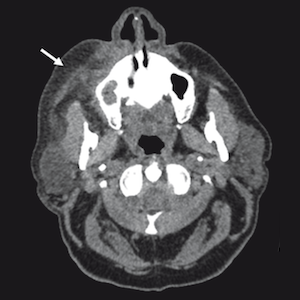Allopurinol-induced acquired von Willebrand syndrome

All claims expressed in this article are solely those of the authors and do not necessarily represent those of their affiliated organizations, or those of the publisher, the editors and the reviewers. Any product that may be evaluated in this article or claim that may be made by its manufacturer is not guaranteed or endorsed by the publisher.
Authors
Acquired von Willebrand syndrome (AVWS) is a relatively infrequent but often overlooked finding when testing for von Willebrand factor (VWF) levels in a patient with mucocutaneous bleeding. Known causes include cardiovascular disorders, hematologic and solid tumors, autoimmune disorders, hypothyroidism, and drugs. An incoercible oral bleeding after a two-teeth removal in a patient with a mechanical aortic valve eventually raised suspicion about an AVWS that was confirmed through laboratory testing. Substitution therapy with an exogenous VWF factor was required to control the bleeding. Known causes of AVWS, including Heyde’s syndrome, were ruled out. VWF levels finally normalized two days after suspension of allopurinol, which the patient received for symptomatic hyperuricemia, leading to his complete recovery and early discharge without any other complications. AVWS is an underdiagnosed entity due to a lack of testing. Allopurinol has never been postured before as a possible etiology and should be evaluated when reaching a diagnosis.
How to Cite

This work is licensed under a Creative Commons Attribution-NonCommercial 4.0 International License.
PAGEPress has chosen to apply the Creative Commons Attribution NonCommercial 4.0 International License (CC BY-NC 4.0) to all manuscripts to be published.










